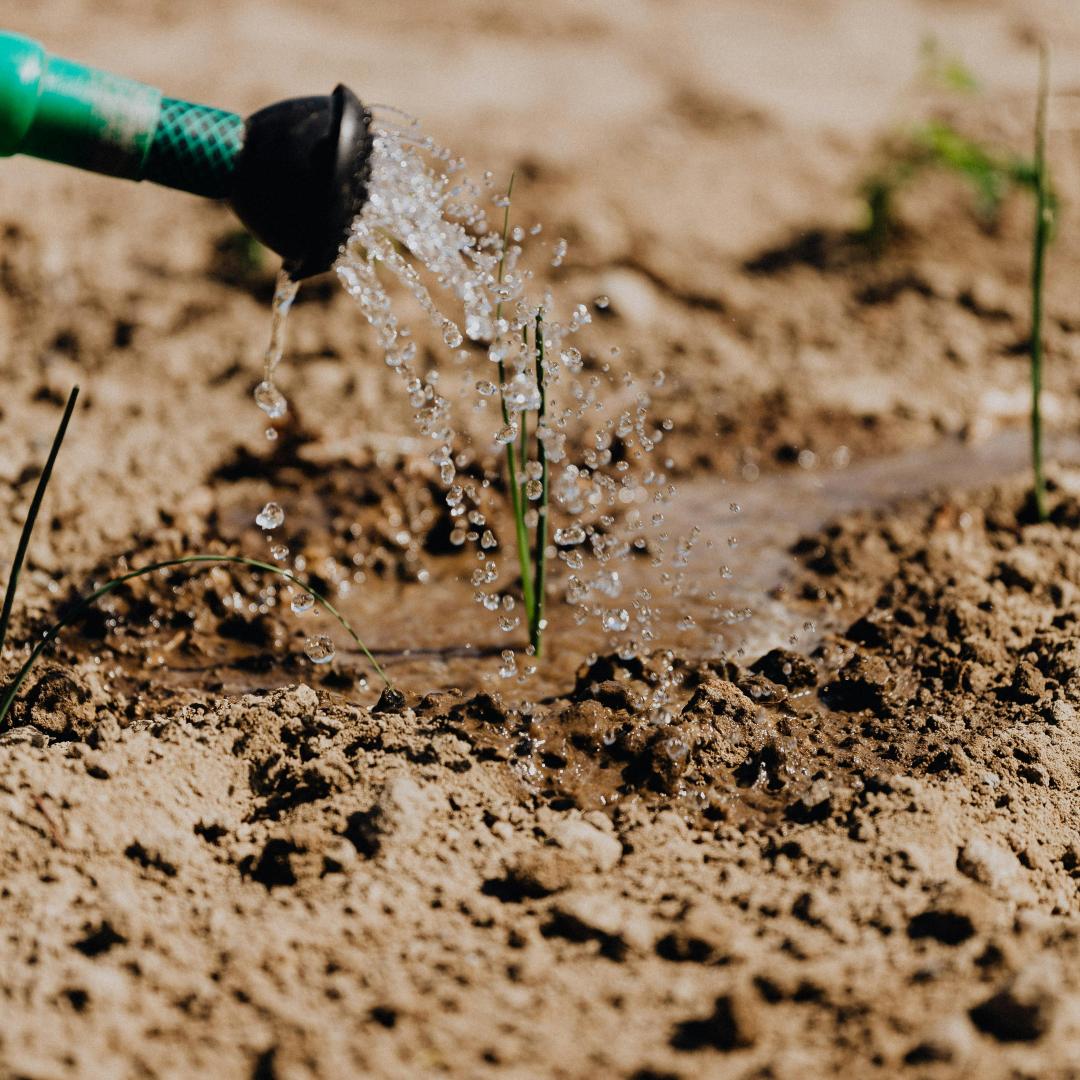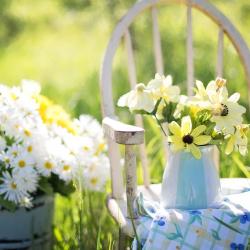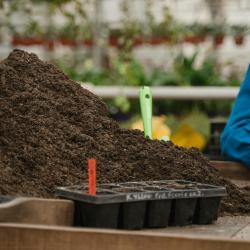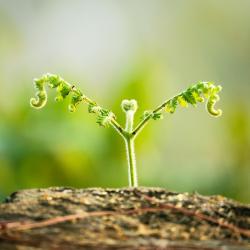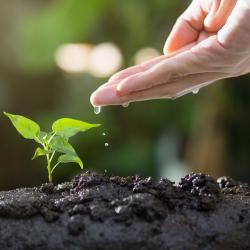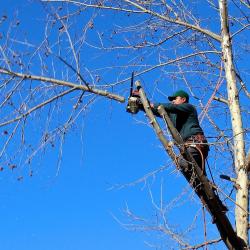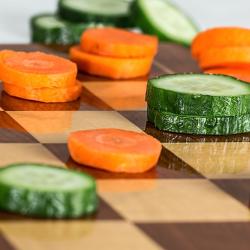Gardening in the Heat: Tips for Summer Plant Care
While summer can present unique obstacles, with careful planning and proper care, your garden can flourish even in the hottest months. Here are some valuable tips to help you maintain a healthy and vibrant garden during the summer heat.
1. Water Wisely
Watering is crucial during the summer when evaporation rates are high, and plants can quickly become dehydrated. However, it’s important to water wisely to conserve water and ensure plants receive the moisture they need.
-
Timing is Key: Water early in the morning or late in the evening when temperatures are cooler. This reduces evaporation and allows plants to absorb water more effectively.
-
Deep Soak: Instead of frequent shallow watering, aim for a deep soak once or twice a week. This encourages roots to grow deeper, making plants more drought-resistant.
-
Drip Irrigation: Consider installing a drip irrigation system to deliver water directly to the root zone, minimizing waste and maximizing efficiency.
2. Mulch, Mulch, Mulch
Mulching is a gardener’s best friend during the summer months. A layer of mulch helps retain soil moisture, suppress weeds, and regulate soil temperature.
-
Choose the Right Mulch: Organic mulches like straw, wood chips, or shredded bark are excellent for conserving moisture and gradually adding nutrients to the soil as they decompose.
-
Apply Generously: Aim for a mulch layer about 2-3 inches thick around your plants, ensuring it doesn’t touch the stems to prevent rot.
3. Shade Solutions
Some plants, especially those not native to hot climates, may require additional shade to survive the intense summer sun.
-
Shade Cloths: Install shade cloths over sensitive plants to reduce solar exposure without blocking air circulation.
-
Strategic Planting: Use taller plants to provide natural shade for shorter, more delicate varieties. This not only protects them but also adds layers and depth to your garden design.
4. Soil Health
Healthy soil is the foundation of a successful garden, particularly during extreme weather conditions.
-
Regularly Check Soil Moisture: Use a soil moisture meter to avoid over or under-watering. The top inch of soil should be dry before you water again.
-
Amend with Organic Matter: Adding compost or well-rotted manure to your soil can improve its water-holding capacity and provide essential nutrients.
5. Plant Selection
Choosing the right plants for your climate is essential for a low-maintenance summer garden.
-
Drought-Resistant Varieties: Opt for drought-tolerant plants such as lavender, succulents, or native species that are naturally adapted to withstand heat.
-
Stagger Planting Times: Plant in succession to ensure continuous blooms and harvests without overwhelming your resources.
6. Pest and Disease Management
Summer heat can exacerbate pest and disease problems in the garden.
-
Regular Inspections: Inspect plants regularly for signs of stress, pests, or disease. Early detection can prevent minor issues from becoming major problems.
-
Natural Predators: Encourage beneficial insects like ladybugs and lacewings to help control pest populations naturally.
7. Take Care of Yourself
Gardening in the heat can be taxing not only for plants but also for gardeners. Ensure you protect yourself while tending to your garden.
-
Stay Hydrated: Drink plenty of water and take regular breaks in the shade to prevent heat exhaustion.
-
Wear Protective Gear: Use sunscreen, hats, and lightweight, breathable clothing to protect against the sun’s rays.
In conclusion, while summer poses challenges with its high temperatures and sun intensity, it also offers the opportunity to enjoy a lush, productive garden. By implementing these tips, you can maintain a thriving garden, even in the hottest months, ensuring your plants remain healthy and vibrant throughout the season. Happy gardening!
